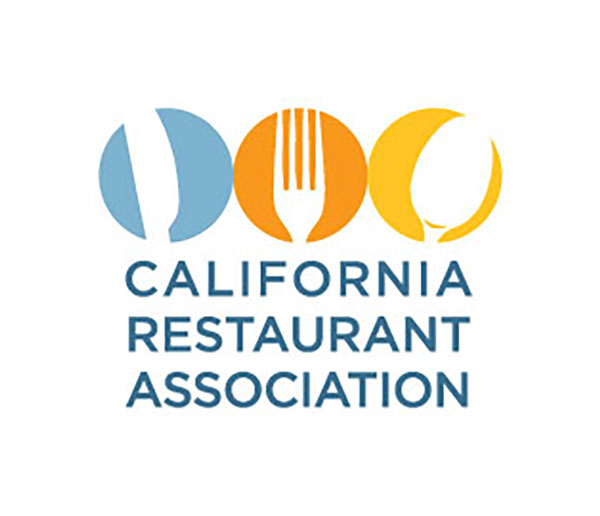 The California Restaurant Association released a study, conducted by Capitol Matrix Consulting that reviews the hourly tip data for servers in California restaurants. The study concludes that servers make an average of $12.57 per hour in tips, bringing their current hourly wage to over $21 when added to the minimum wage.
The California Restaurant Association released a study, conducted by Capitol Matrix Consulting that reviews the hourly tip data for servers in California restaurants. The study concludes that servers make an average of $12.57 per hour in tips, bringing their current hourly wage to over $21 when added to the minimum wage.
‘Our study concluded that tipped workers are bringing in well more than state reporting, on average $12.57 per hour, says Capitol Matrix Consulting founding partner Brad Williams. ‘This estimate is probably on the low end, with fine dining servers making much higher hourly tip wages.
The study’s data makes the case for the total compensation model, which seeks to change California law to acknowledge employees’ total compensation (wages plus tips) in calculating their base wage. Total compensation ensures that tipped employees are earning at least $15 per hour, preserving limited labor dollars for heart-of-house workers and reducing income inequality. With SB3 (Leno), a proposal to increase the minimum wage to $13 by 2017, working its way through the Legislature, the total compensation model is more important than ever.
CRA President + CEO Jot Condie explains how total compensation is designed to bring income equality to employees. ‘Total compensation is an important tool for restaurants to preserve the wage ladder for heart-of-house workers, 70 percent of which are Latino. Condie continues on the risk to jobs under the current model, ‘Without a total compensation model, owners will be forced to flatten the heart-of-house wage ladder, cut hours and jobs, raise prices or potentially go out of business. Total compensation ensures all employees have access to wage increases.
The study refutes the notion that tipped workers only bring in $1.54 per hour in tips, which was previously reported through an Occupational Employment Statistics (OES) survey conducted in California by the Employment Development Department under the direction of the federal Bureau of Labor Statistics (BLS). The OES data was flawed due to the small sample size and self-reporting methodology. This study used establishment data on revenue and employment and survey data on tipping percentages.
posted by Andrea Gonzalez 05/21/15













